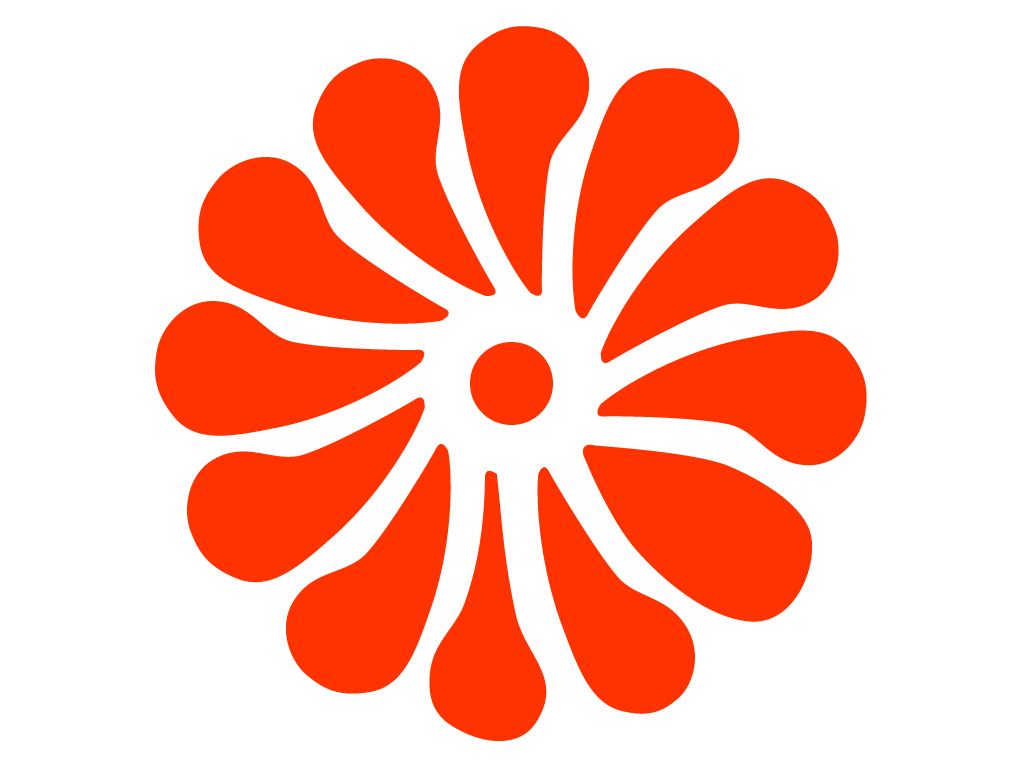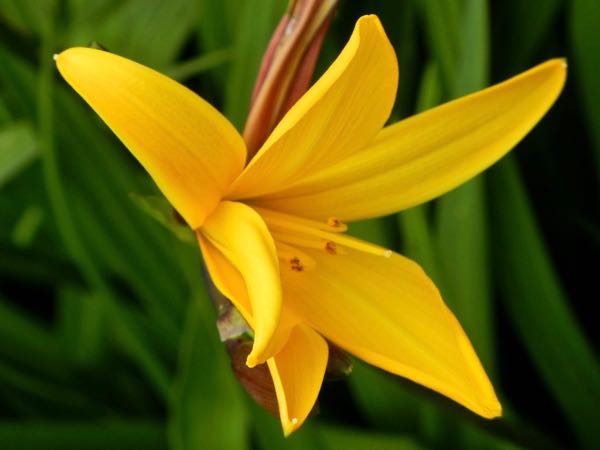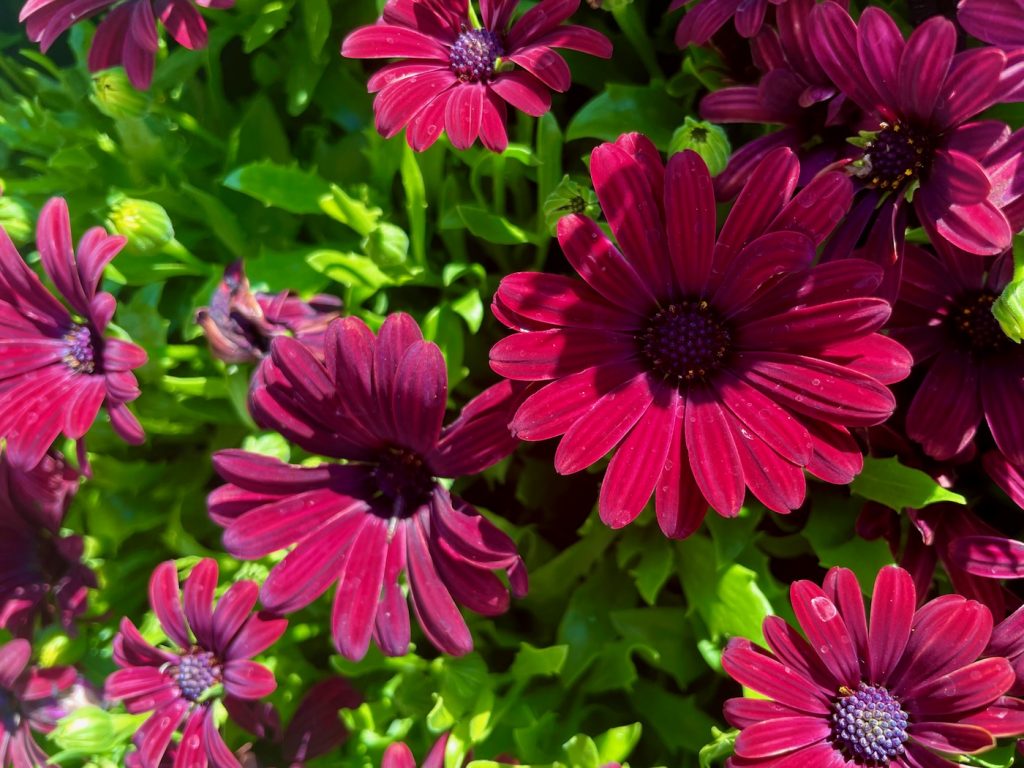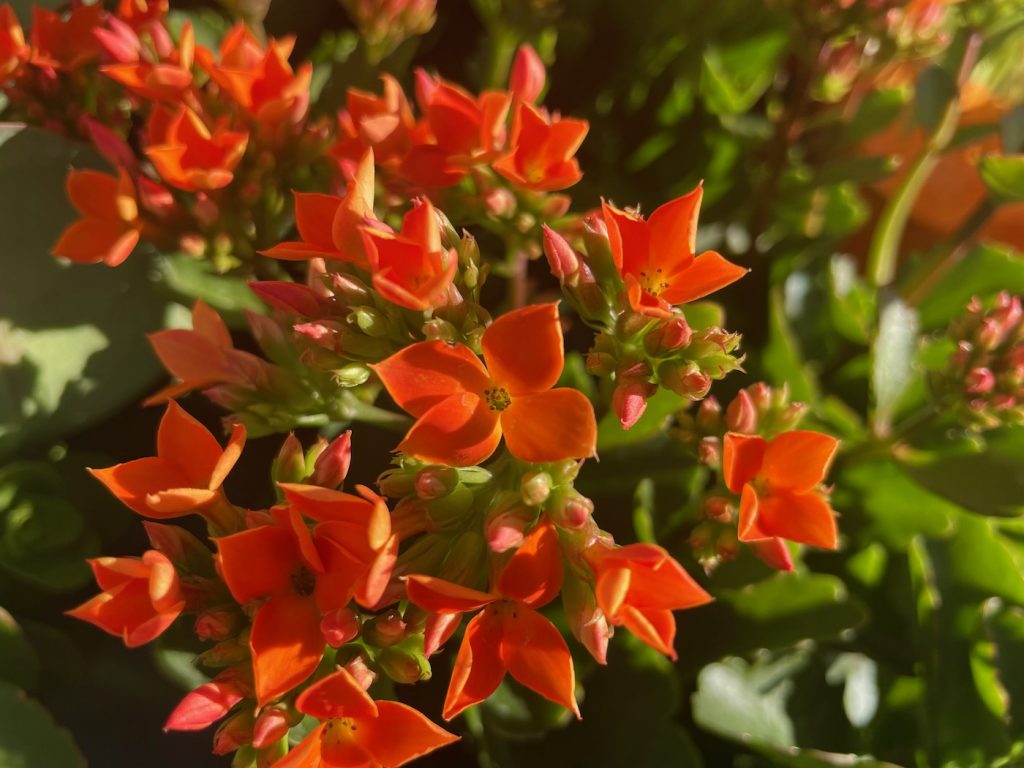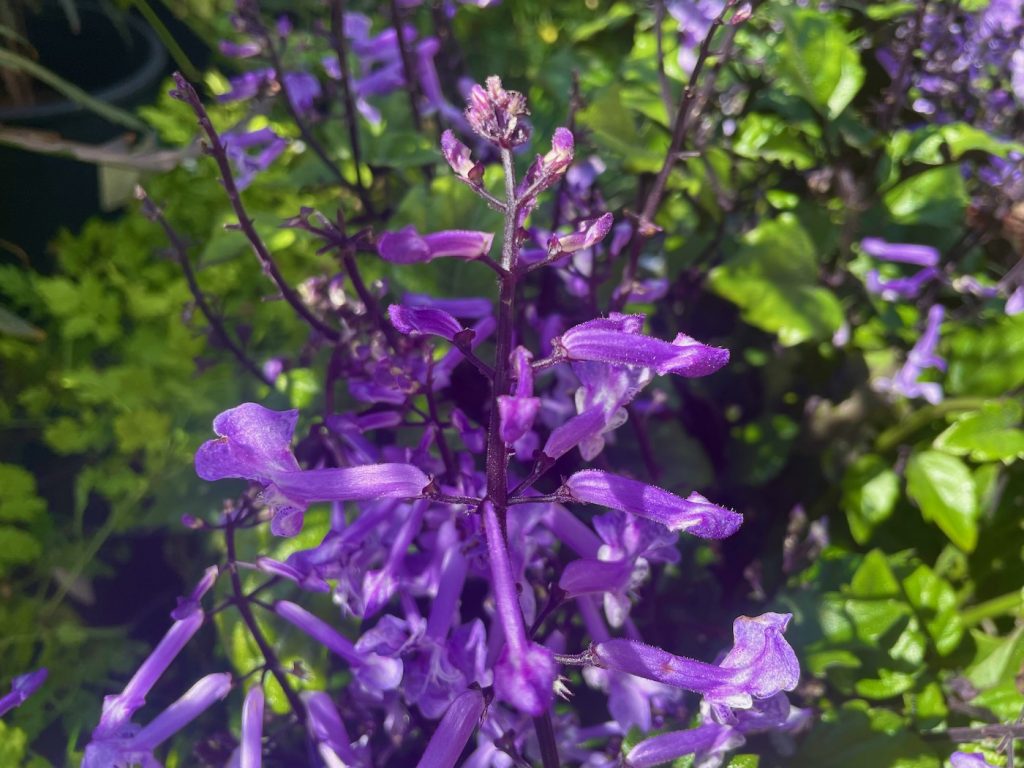Hemerocallis fulva: Unveiling the Allure of the Orange Daylily
Hemerocallis fulva, commonly known as the Orange Daylily, captivates with its vibrant blooms and versatile nature. In this article, we explore the fascinating aspects of Hemerocallis fulva, including its family and origin, various names, distinctive characteristics, flowering season, cultivation requirements, and tips for propagation, while addressing considerations regarding sunlight, watering, soil, pests, and disease management. Join us as we uncover the allure of this remarkable perennial.
Family and Origin: Hemerocallis fulva finds its place within the Asphodelaceae family of plants. Native to Asia, it hails from regions stretching from Japan to the Himalayas and the Caucasus. While its common names may include “lily,” it is important to note that Hemerocallis fulva is not a true lily. Unlike bulbous lilies, this perennial boasts tuberous roots and distinctive characteristics, with its name derived from its flowers, which last only a day.
Versatile and Striking: Hemerocallis fulva is an herbaceous, clump-forming perennial that spreads through rhizomes, offering both visual appeal and adaptability. The light green foliage features long, strap-shaped, linear leaves that can reach impressive lengths of nearly 3 feet (90 cm). One of its defining characteristics is the abundant trumpet-shaped flowers that grace the plant, exhibiting a striking yellowish-orange hue. These blossoms boast six petals and can measure approximately 12 cm (5 in) in diameter, creating a captivating display.
A Summer Symphony: The flowering season of Hemerocallis fulva takes place during the summer months, gracing gardens and landscapes with its resplendent blooms. Its ability to tolerate drought, humidity, and heat makes it a resilient and low-maintenance perennial, making it a popular choice among gardening enthusiasts.
Cultivating Hemerocallis fulva:
Sunlight Requirements: Hemerocallis fulva thrives in full sun or partial shade, making it adaptable to a range of lighting conditions. When selecting a planting location, aim for a spot that receives ample sunlight but is also sheltered from strong winds.
Watering: During the initial year after planting, Hemerocallis fulva requires regular watering to establish its roots. Once it has settled, it becomes more drought-tolerant. However, it is essential to water deeply, ensuring the moisture reaches the plant’s roots. Maintaining moist, but not waterlogged, soil is crucial for its overall health.
Soil Conditions: Hemerocallis fulva is relatively undemanding when it comes to soil preferences. It thrives in any average, well-drained soil. Ensuring the soil remains consistently moist without becoming waterlogged is key to promoting healthy growth and abundant flowering.
Pests and Disease Management: While Hemerocallis fulva generally exhibits resistance to pests and diseases, occasional encounters with aphids, spider mites, or powdery mildew may occur. To address these issues, utilize insecticidal soap or neem oil, applying them as necessary to maintain the plant’s vitality and beauty.
Propagation Techniques: Hemerocallis fulva can be propagated through division, a method that involves separating the rhizomes and replanting them. Dividing the plant every few years not only helps maintain its vigor but also provides an opportunity to expand your garden collection and share its splendor with others.
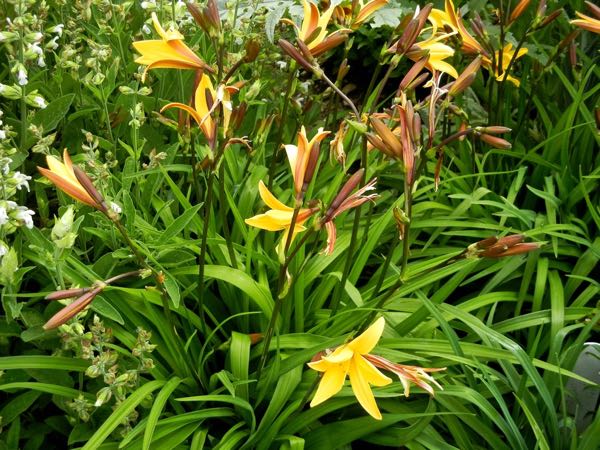
Unleash the Beauty:
Embracing Hemerocallis fulva in your garden allows you to indulge in the beauty of its orange daylilies. Suitable for USDA hardiness zones 3-9, this versatile plant offers a stunning addition to sunny areas and attracts pollinators such as bees and butterflies. Notably, Hemerocallis fulva also demonstrates resistance to deer, making it a resilient choice for wildlife-friendly landscapes.
With proper care and attention, Hemerocallis fulva will thrive, gracing your garden with its captivating blooms for years to come. Unlock the allure of this remarkable perennial and let its vibrant orange blossoms create a visual symphony within your outdoor sanctuary.
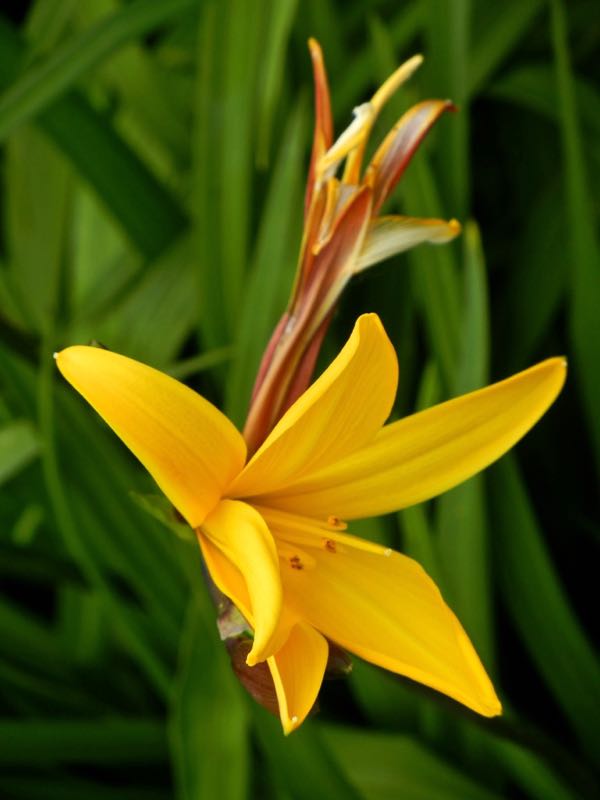
Also, read about Hemerocallis or Daylily
